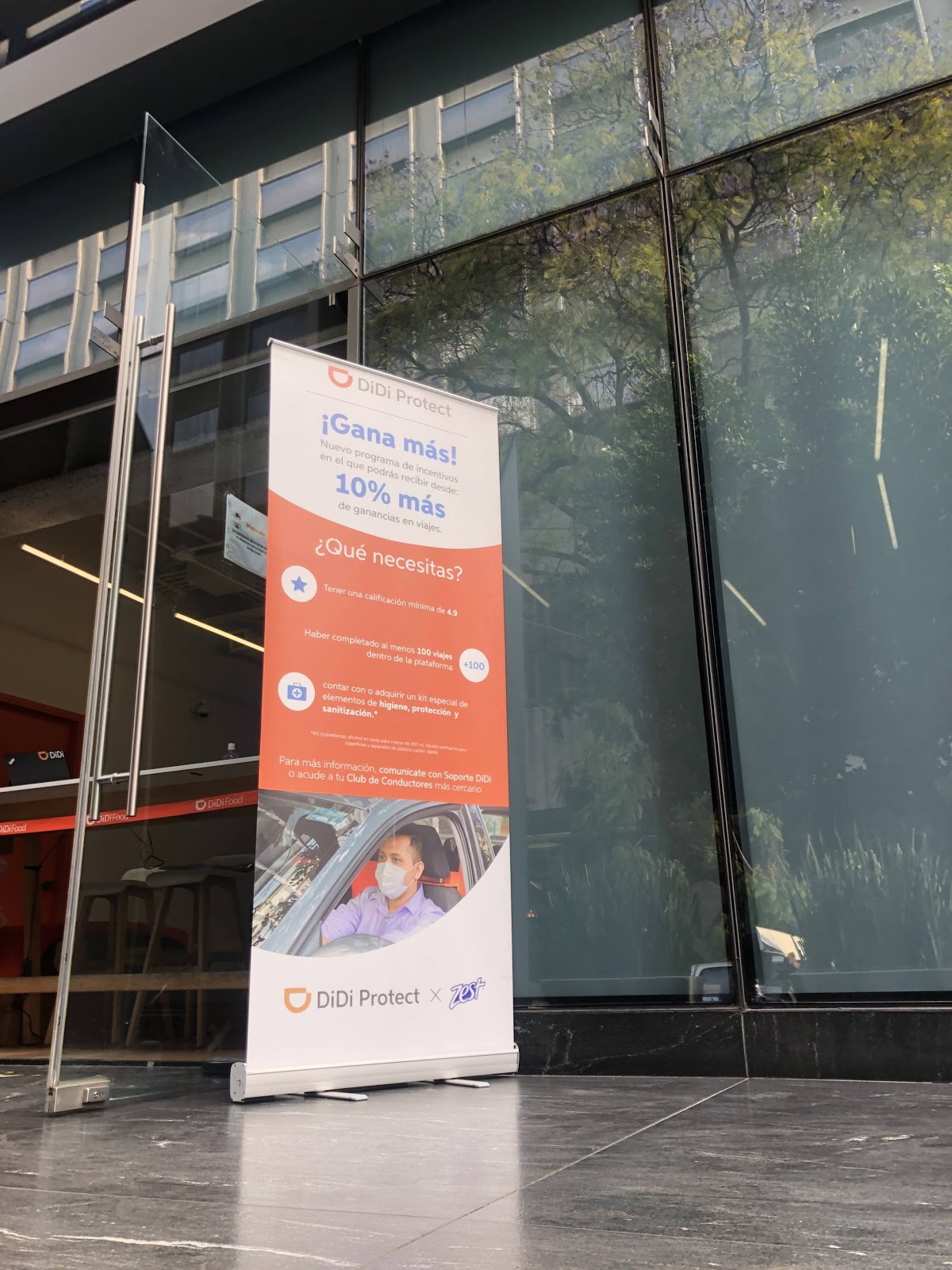News: Backflip offers an easier way to turn used electronics into cold, hard cash
Mike Barile spent two years and racked up nearly $20,000 in credit card debt to bring his first startup, Backflip, to life. The former management consultant had spent years toiling in the startup grind, first at Uber, then, after taking a coding academy bootcamp through AppAcademy (where Barile met his co-founder, Adam Foosaner), at Google
Mike Barile spent two years and racked up nearly $20,000 in credit card debt to bring his first startup, Backflip, to life.
The former management consultant had spent years toiling in the startup grind, first at Uber, then, after taking a coding academy bootcamp through AppAcademy (where Barile met his co-founder, Adam Foosaner), at Google and at a failed cryptocurrency startup.
Burned by the crypto experience, Barile was casting about for his next thing, and trying to find a way to scrape up some rent money, when he hit on the idea for Backflip. The experience of selling electronics online was still shady and Barile and Foosaner thought there had to be a better way.
That way became Backflip. It offers customers cash on delivery for their used electronics — anything from Androids to Xboxes and Apple devices to Gameboys.
“When I first started working on backflip back in March 2019, I met this kid named Chris and he wanted to buy some of my old iPhones. He had been a student at USF and as a side hustle he started buying used devices and would refurbish them and then either sell them himself or sell them to an official reseller,” said Barile. “Chris started making so much money he dropped out of school. That was a holy shit moment. He can make a lot of money doing this and he’s doing a really good thing.”
The problem, said Barile, was safety. “He’s got all these devices he’s acquiring paying cash for and he’s driving all around town… Everyone who works in the [refurbish and resell] industry has at least one story about getting robbed at gunpoint.”
Backflip solved that problem by being the intermediary between buyers and sellers and taking a small commission for managing the transaction.
The company raised its first money at the end of 2019, but before that, Foosaner and Barile lived off of credit and used electronics.
So far, Backflip has facilitated the exchange of roughly 3,000 devices. The company handles everything from wiping a device and ensuring its quality to finding a buyer for the electronics. The company pays out roughly $150 per device and has deposited a little over $500,000 with users of the service, according to data provided by the company.
“We did all sorts of stuff to get our first few users,” said Barile. We posted ads on Facebook Marketplace and Craiglist. We started experimenting at the end of the summer with the most bare bones mobile app kind of thing. At that point it was just Adam and I,” Barile said.
Starting now, Backflip is working with UPS stores to provide in-person drop-off and packaging centers for the used electronics. Over time, Barile sees those services expanding to offer cash on delivery. “The experience will be similar to an Amazon return,” he said. “Except we’ll be paying you.”
Currently about half of the company’s inventory is used handsets and mobile devices, but Barile said that could drop to a third of inventory as word spreads about the hundred-odd pieces of electronics that Backflip is willing to
“Unlike other resale options, Backflip prioritizes the user’s time and convenience,” said Foosaner in a statement. “Forget the back-and-forth of negotiating over price and scheduling a meetup. We’re here to do all the work for the seller and make sure they get paid fairly and quickly. Backflip users can know that they’re getting the most for their devices without having to do anything other than bring them to The UPS Store or box them up at home.”
The connection to the refurbishing community started early for Barile, whose mother had a side business called “Stone Cottage Workshop” where she was flipping refurbished furniture on eBay and at local thrift stores near Barile’s bucolic New Jersey hometown.
“We want to build the Amazon of making things disappear from your apartment,” Barile said.



 We are aware of an issue affecting the Azure Portal and Azure services, please visit our alternate Status Page here
We are aware of an issue affecting the Azure Portal and Azure services, please visit our alternate Status Page here 

